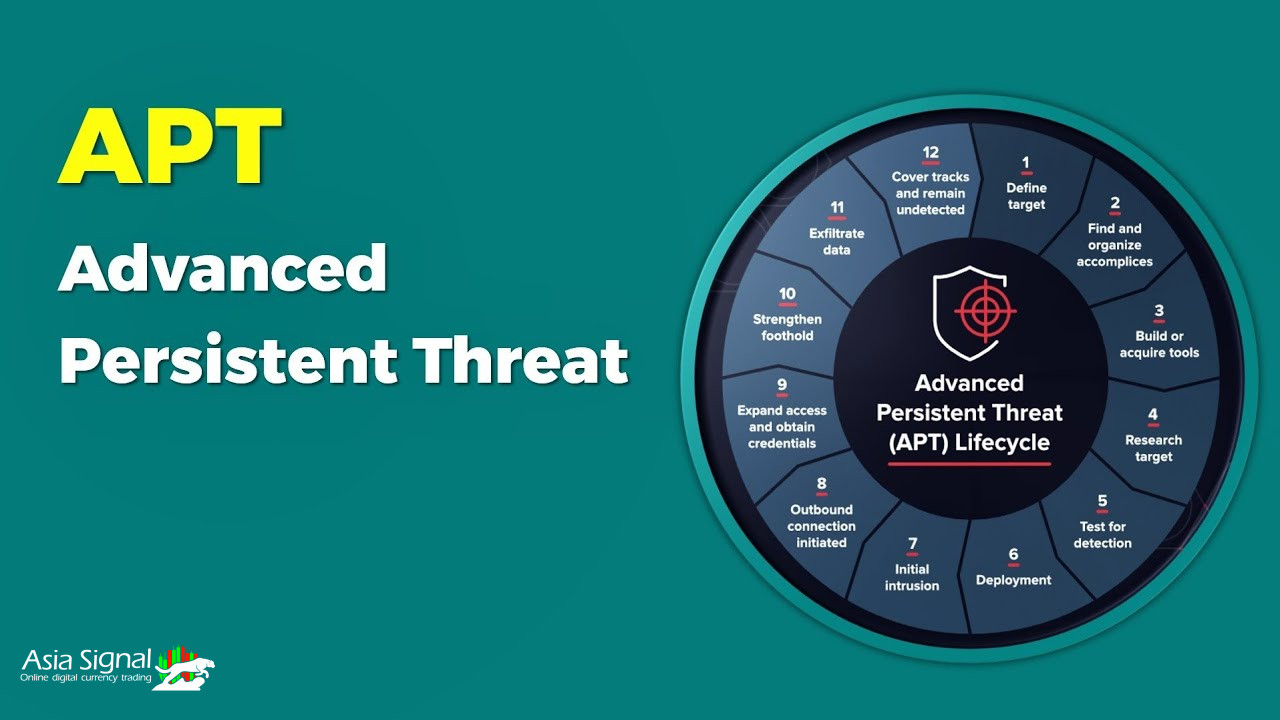Understanding the Threat Landscape: A Deep Dive into Advanced Persistent Threats (APTs)
In the ever-evolving landscape of cybersecurity, few threats loom as large and insidious as Advanced Persistent Threats (APTs). These stealthy and sophisticated attacks are orchestrated by highly skilled adversaries, often with significant resources at their disposal. In this article, we'll delve into the world of APTs, exploring their characteristics, methods of operation, and strategies for defense.
Introduction to APTs:
Advanced Persistent Threats, or APTs, represent a category of cyber attacks that are characterized by their advanced nature, persistent presence, and sophisticated techniques. Unlike traditional cyber attacks, which may be opportunistic or short-lived, APTs are carefully planned and executed over an extended period of time, often with specific targets and objectives in mind.

Characteristics of APTs:
1. Advanced Techniques: APTs leverage cutting-edge tools and tactics, often developed by skilled and well-funded threat actors. These may include zero-day exploits, custom malware, and sophisticated social engineering tactics designed to evade detection and bypass security measures.
2. Persistence: APT actors are patient and tenacious, willing to invest significant time and resources into achieving their objectives. They may maintain a foothold within a target network for months or even years, continuously probing for vulnerabilities and quietly exfiltrating sensitive data.
3. Targeted Approach: Unlike indiscriminate attacks such as mass phishing campaigns, APTs are highly targeted, focusing on specific organizations, industries, or even individuals. Threat actors conduct thorough reconnaissance to gather intelligence about their targets, tailoring their attacks to maximize the likelihood of success.
4. Stealth and Evasion: A key hallmark of APTs is their ability to operate covertly, remaining undetected within target networks for extended periods. By employing techniques such as encryption, obfuscation, and lateral movement, APT actors seek to evade detection by traditional security defenses.
Methods of Operation:
APTs typically follow a multi-stage attack lifecycle, which may include the following phases:
1. Initial Access: The APT actor gains entry into the target network through various means, such as phishing emails, exploit kits, or compromised credentials.
2. Lateral Movement: Once inside the network, the attacker seeks to expand their presence by moving laterally across systems and devices. This may involve exploiting vulnerabilities, hijacking legitimate user accounts, or compromising additional endpoints.
3. Establishment of Foothold: The attacker establishes persistence within the network, ensuring continued access and control over compromised systems. This may involve creating backdoors, installing remote access tools, or manipulating system configurations.
4. Data Exfiltration: With a foothold established, the APT actor proceeds to exfiltrate sensitive data from the target environment. This may include intellectual property, financial information, or personally identifiable information (PII), which can be used for espionage, extortion, or other malicious purposes.

Defense Strategies Against APTs:
Given the advanced and persistent nature of APTs, defending against them requires a comprehensive and multi-layered approach to cybersecurity. Some key strategies include:
1. Threat Intelligence: Stay informed about emerging threats and adversary tactics through threat intelligence feeds, security research reports, and information sharing with industry peers.
2. Defense in Depth: Implement multiple layers of security controls, including firewalls, intrusion detection systems (IDS), endpoint protection, and security monitoring, to detect and mitigate APT activity at various stages of the attack lifecycle.
3. User Education and Awareness: Train employees to recognize and report suspicious activity, such as phishing emails, social engineering attempts, or unusual system behavior. Awareness training can help prevent initial access and limit the impact of APT attacks.
4. Continuous Monitoring and Incident Response: Maintain real-time visibility into network and system activity, enabling rapid detection and response to APT threats. Develop and regularly test an incident response plan to ensure a coordinated and effective response in the event of a breach.
5. Regular Security Audits and Assessments: Conduct periodic security assessments, penetration tests, and vulnerability scans to identify and remediate potential weaknesses in your security posture. This proactive approach can help prevent APT actors from exploiting known vulnerabilities.
Conclusion:
In conclusion, Advanced Persistent Threats (APTs) represent a significant and evolving cybersecurity challenge for organizations of all sizes and industries. By understanding the characteristics and methods of operation of APTs, as well as implementing robust defense strategies, organizations can better protect themselves against these sophisticated and persistent adversaries. Vigilance, collaboration, and a proactive approach to cybersecurity are essential in the ongoing battle against APTs and other emerging threats in the digital age.
AsiaSignal has collected the best Crypto signal leaks for you

















Comments